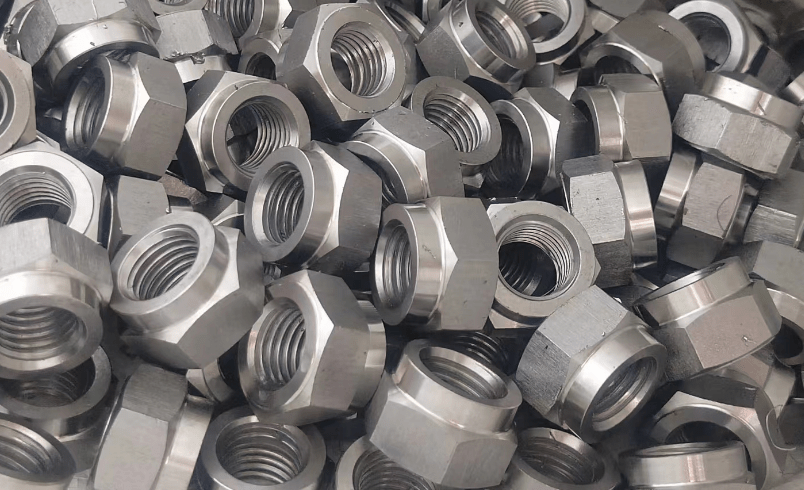Inconel alloys have been a staple in the materials engineering world for decades, with their exceptional corrosion resistance, high strength, and ability to retain mechanical properties at elevated temperatures. Among the various grades of Inconel, Inconel 600 vs Inconel 825 stand out as two of the most commonly used alloys in industrial applications. While both alloys share some similarities, their unique chemical compositions and properties make them suitable for different sets of operating conditions. In this article, we delve into the key differences between Inconel 600 and Inconel 825, examining their chemical composition, mechanical properties, corrosion resistance, and applications.

Inconel 600 vs Inconel 825 – What’s the Difference?
Inconel 600 vs Inconel 825 – Chemical Composition
The primary difference between Inconel 600 and Inconel 825 lies in their chemical composition. Inconel 600 is primarily composed of nickel (approximately 72%) with significant amounts of chromium (15-17%) and iron (up to 10%). This combination provides excellent resistance to oxidation and corrosion in high-temperature environments. On the other hand, Inconel 825 has a higher nickel content (around 38-46%) along with molybdenum (2.5-3.5%) and titanium (0.5-1.25%). The addition of molybdenum enhances its resistance to reducing acids, while titanium stabilizes the alloy against sensitization and intergranular corrosion.
Inconel 600 vs Inconel 825 – Mechanical Properties
Both alloys possess high tensile strength and yield strength, making them suitable for demanding applications. However, Inconel 825 typically exhibits higher ductility and toughness, allowing it to better withstand deformation and impact. Inconel 600, on the other hand, is known for its excellent creep resistance, making it suitable for long-term service at high temperatures.
Inconel 600 vs Inconel 825 – Corrosion Resistance
Both alloys are renowned for their corrosion resistance, but they excel in different environments. Inconel 600 is particularly resistant to oxidation and corrosion in high-temperature oxidizing atmospheres, such as those encountered in furnace parts and heat-treating equipment. On the contrary, Inconel 825 is more resistant to corrosion in reducing environments and acidic media, making it a preferred choice for chemical processing equipment and seawater applications.
Inconel 600 vs Inconel 825 – Applications
The differing properties of Inconel 600 and Inconel 825 lead to their use in different industrial settings. Inconel 600 is commonly used in the oil and gas industry, particularly in high-temperature, high-pressure environments where corrosion resistance is crucial. It is also used in nuclear power plants and in the manufacture of heat exchangers and furnaces. On the other hand, Inconel 825 finds widespread application in the chemical processing industry, where its resistance to reducing acids and chloride-containing environments is paramount. It is also used in desalination plants and marine environments due to its excellent seawater corrosion resistance.
Conclusion
Inconel 600 and Inconel 825 are both exceptional alloys with unique properties that make them suitable for different industrial applications. The choice between the two alloys depends on the specific operating conditions and the requirements of the application.
Thank you for reading our article and we hope it can help you to have a better understanding of the differences between Inconel 600 vs Inconel 825. If you are looking for Inconel 600 & Inconel 825 suppliers online now, we would advise you to contact Huaxiao Alloy.
As a leading supplier of Inconel Alloys from Shanghai China, Huaxiao Alloy offers customers high-quality Inconel 600 & Inconel 825, Inconel 601, and Inconel 718 at a very competitive price.



